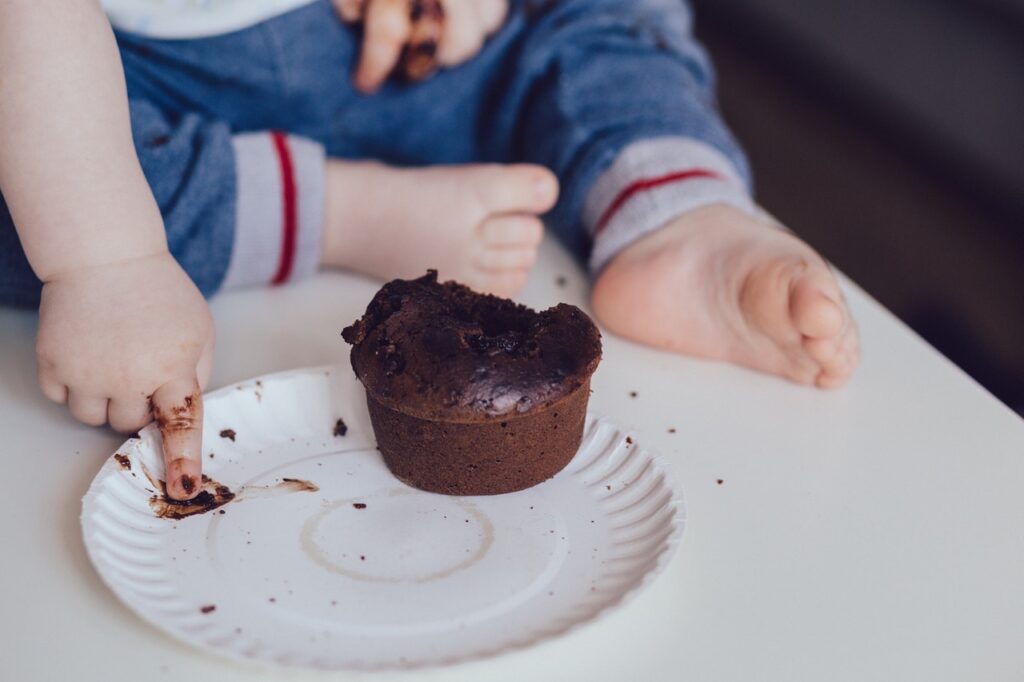
Bug love
5 June, 2020
In recent months, hand sanitiser has become like gold dust as pre-lockdown sales rocketed, PPE has started to mean something more than hard hats and hi-vis, and supermarkets and other public spaces filled with mask-wearers have looked like something from a sci-fi film.
It’s what is needed to prevent the spread of COVID-19. Many of our new hygiene behaviours may already have become routine or even obsessive, including washing our hands for twenty seconds (although probably not singing happy birthday anymore) and giving people a wide berth. But we should be careful about letting this intense germphobia become a habit in the long term.
That’s because, although COVID-19 and other coronaviruses are virulent and harmful to humans, the other microorganisms that we interact with on a daily basis are generally non-pathogenic and, in many cases, good for us. And it’s worth keeping in mind that microorganisms are in fact integral parts of our own bodies; particularly in the gut where they outnumber human cells in the body by a factor of ten. Bacteria on the skin play an important role too: stimulating the immune response and defending the body from harm by outcompeting pathogens. Wiping these out may be worth it when the risk of COVID-19 is high, but can in fact make us more vulnerable to harm at other times, particularly given that soaps and sanitisers do not necessarily kill all microorganisms, which can evolve to become resistant.
Children, in particular, benefit from exposure to a wide variety of microorganisms, as their microbiome only becomes fully established by the age of three. So while it is important to exercise caution now, children will need in time to revert to their usual filthy behaviours for long term health, whether that is licking the windows of buses or experimenting with floors instead of plates.
By Patrick Bapty
 Back to all friday 5
Back to all friday 5